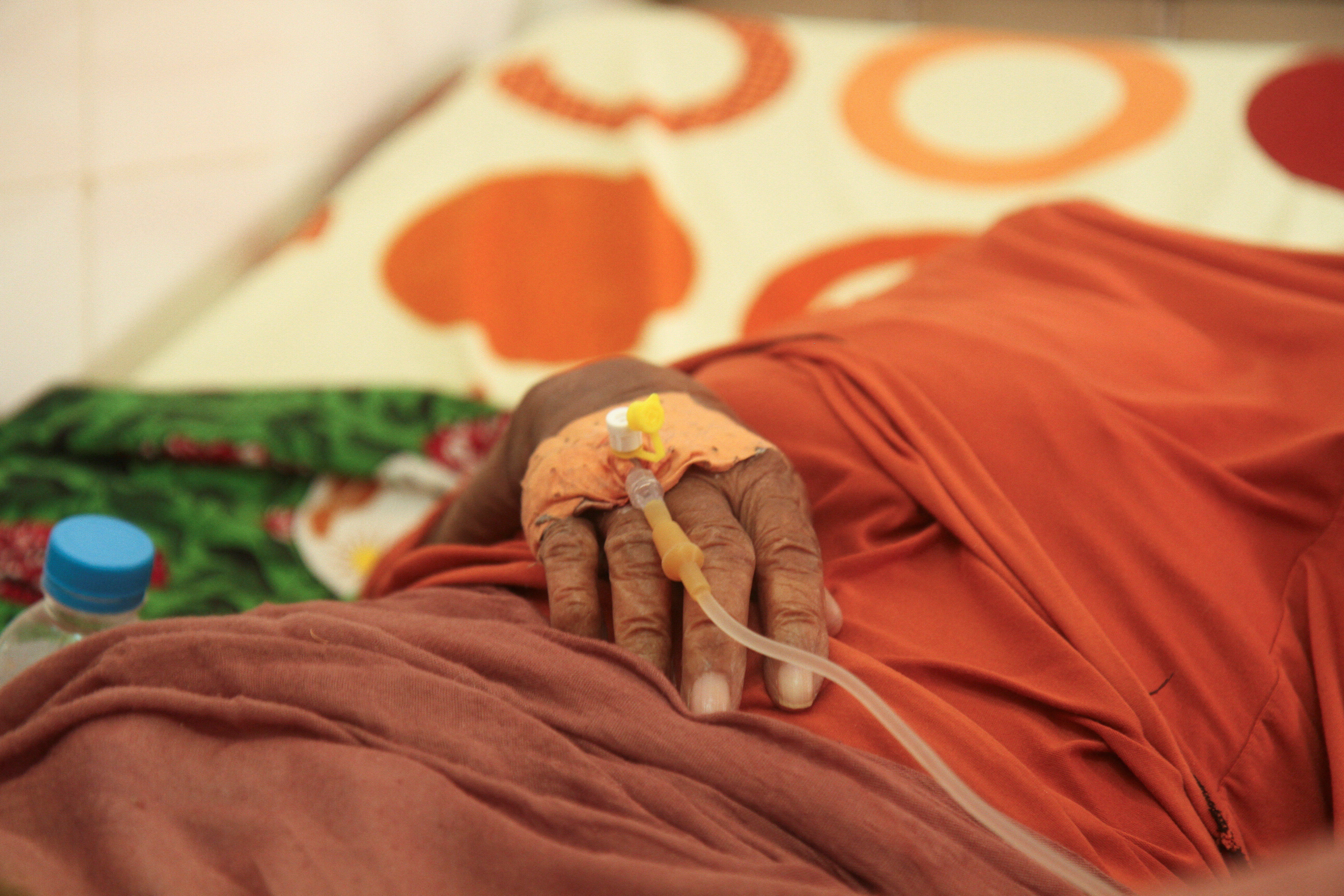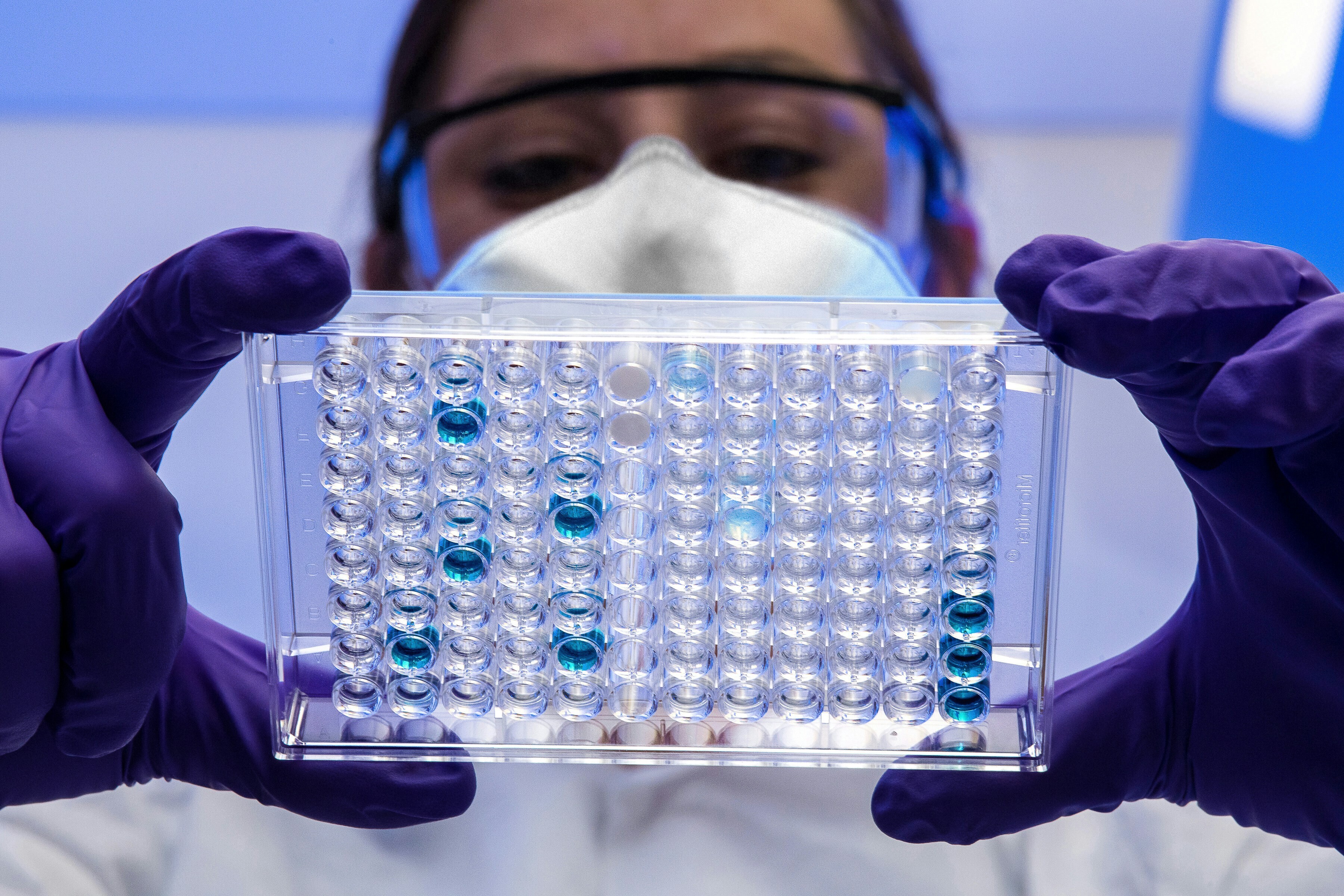Can the COVID-19 response lead to an immunization renaissance?

Will the COVID vaccine effort have a lasting legacy?
Image: Photo by Joshua Hoehne on Unsplash
Explore and monitor how COVID-19 is affecting economies, industries and global issues
Stay up to date:
COVID-19
- The COVID-19 vaccine effort has been remarkable – and it may have a lasting legacy for the way in which vaccines are developed and deployed in future.
- An immunization renaissance – a long-term plan to develop more effective vaccines against a wider variety of pathogens, and to increase immunization rates – could sharply reduce deaths from other diseases.
- The vaccine effort has raised awareness and sparked greater understanding of healthcare inequities, which will be valuable tools to face new healthcare challenges.
The response to the pandemic has triggered remarkable innovations. The development of COVID-19 vaccines was the fastest in history; and its rollout is the largest public health effort ever in peacetime. However, it’s also true that, despite multiple warnings, including other epidemics, the world was largely ill-prepared for COVID-19.
These three factors – the lack of preparation for the pandemic, speedy vaccine development, and a global deployment effort (albeit with varied success) – could be the foundation for an “immunization renaissance.”
Each year, 1.5 million people globally die from diseases, such as flu, typhoid, and whooping cough, for which there are effective vaccines. An immunization renaissance – meaning a long-term plan to develop more effective vaccines against a wider variety of pathogens, and to increase immunization rates – could cut that figure sharply.
There are four ways that the advancements we have seen during the pandemic could play a role in building an immunization renaissance.
One lesson of COVID-19 is clear: the health and economic consequences of a pandemic far outstrip the investments required to prevent one.
”1. Applying novel vaccine technologies to other diseases
The effort against COVID-19 resulted in the largest and most diverse vaccine pipeline for any disease in history. As of early August 2021, there were 21 vaccines in use around the world and 294 candidates in research and development.
Moreover, new technology platforms have been validated, such as mRNA and viral-vectors, enabling new immunological approaches and demonstrating unprecedented speed and scalability: the first mRNA drug product was available 42 days after the SARS-CoV2 sequence was published.
These technologies could be used to develop treatments against other intractable diseases such as HIV, tuberculosis, malaria, and cancer while also making vaccines more easily deployable, for example by being effective at room temperature. Other platforms in development could provide additional options, particularly if public and private investment in R&D is reinvigorated.
Have you read?
2. Leveraging the enhanced vaccine rollout infrastructure for subsequent immunization programmes
The systems and infrastructure advancements from the COVID-19 vaccine roll-out could have a wide-ranging legacy. Some countries, including the United States (68% of those eligible with at least one shot as of early August), Germany (61%), Chile (72%), and the UAE (79%) have vaccinated a significant portion of their adult populations.
Other countries have much lower rates but are gearing up as vaccine availability increases. Regardless of where they are now, countries in every region are investing in improved infrastructure for vaccination, including cold-chain capacity and transportation, new administration sites, mobile clinics, and IT systems for scheduling, tracking, and monitoring. This infrastructure could help with broader immunization goals, such as expanding adult vaccinations, which are typically quite low. In the United States, fewer than half of American adults got a flu shot during the 2019-20 season. That almost certainly contributed to the 400,000 flu-related hospital visits, 22,000 deaths and tens of billions of dollars in lost economic activity.
3. Maintaining the renewed public engagement to drive greater vaccine uptake
While there are still gaps, public attitudes towards vaccination have been improving and awareness has never been higher. Vaccine hesitancy is a significant barrier to mass immunization. For example, a survey of seven European countries published in February found that only 36% strongly agreed that vaccines were safe. In Japan, 35% said in January that they were not willing to get vaccinated.
But attitudes have been changing. In June 2021, only 24% of Americans surveyed said they are hesitant to get the vaccine; that is down sharply from December 2020, when a McKinsey survey estimated hesitancy at 63%. In Europe, attitudes also appear to be getting more positive, and vaccine acceptance in general appears to be very high in developing countries.
Public attitudes towards health interventions have been a huge challenge historically and have often taken decades to change, be it polio vaccination or campaigns against smoking or for seat-belts. So the current trend towards more positive public attitudes on vaccination is a significant gain.
The public is also more engaged than ever: discussions on vaccine efficacy have moved from scientific conference podiums to household dinner tables. This is a unique moment to foster continued engagement on the broader benefits of vaccinations to increase awareness and vaccination rates against other diseases.
4. Acting on the inequities in health care access
COVID-19 has exposed the equity challenges in healthcare and immunization. Globally, higher-income countries on the whole have had more access to vaccines than lower-income ones. In many countries, there are gaps both in access to health care, and in trust. Black and lower-income Americans, for example, have historically been more skeptical about vaccination, although acceptance among these groups has recently risen. Recognition of these realities is an essential first step to address them. Equity and access should become a higher priority for both healthcare providers and for vaccine developers as they think about the future.
There is global agreement on the need to prepare for – and ideally prevent another pandemic. Vaccines are a critical component of that agenda. Efforts could include investing in development of “ready-to-use” vaccines that are effective against a broad family of viruses that could cause future pandemics as well as creating a flexible manufacturing infrastructure that can kick in quickly in the event of an outbreak. Developing public-private partnerships that support rollout and immunization and are ready to respond to outbreaks is another area for focus.
One lesson of COVID-19 is clear: the health and economic consequences of a pandemic far outstrip the investments required to prevent one.
Although COVID-19 is not yet history, it is already historic. It would be tragic if we did not use this moment to foster an immunization renaissance that could lessen the global burden of disease and save millions of lives.
Accept our marketing cookies to access this content.
These cookies are currently disabled in your browser.
Don't miss any update on this topic
Create a free account and access your personalized content collection with our latest publications and analyses.
License and Republishing
World Economic Forum articles may be republished in accordance with the Creative Commons Attribution-NonCommercial-NoDerivatives 4.0 International Public License, and in accordance with our Terms of Use.
The views expressed in this article are those of the author alone and not the World Economic Forum.
Forum Stories newsletter
Bringing you weekly curated insights and analysis on the global issues that matter.
More on Health and Healthcare SystemsSee all
James See
November 7, 2025
Shyam Bishen
November 5, 2025
Naveena Nekkalapudi
October 31, 2025
Mariam Adebayo
October 30, 2025
Alexandros Pantalis
October 30, 2025





